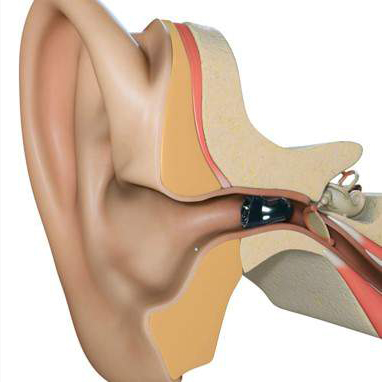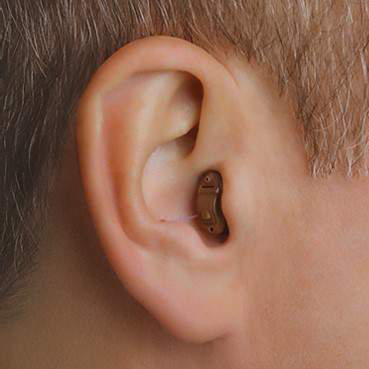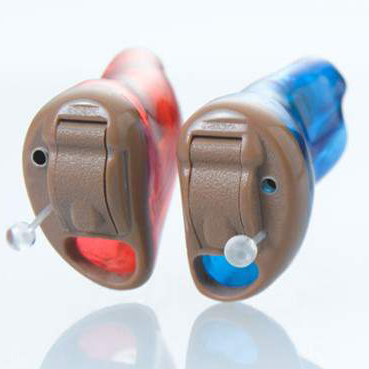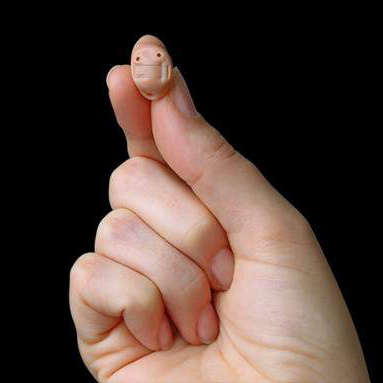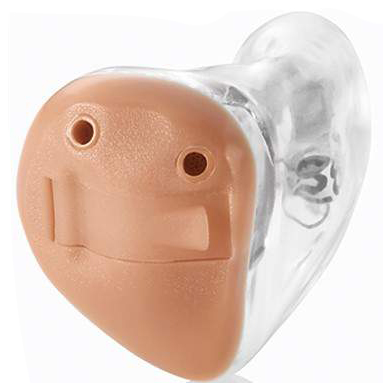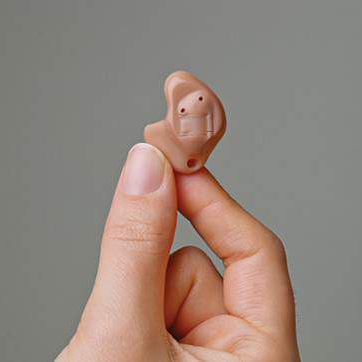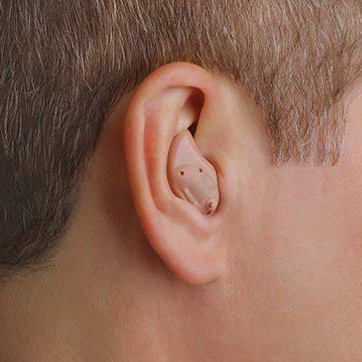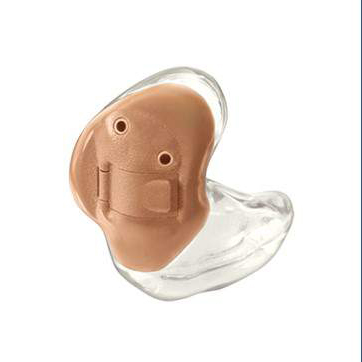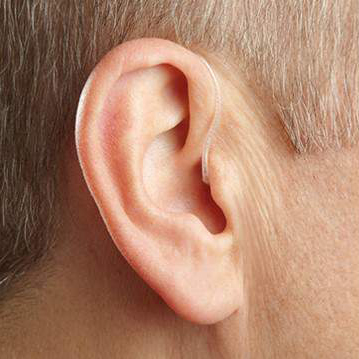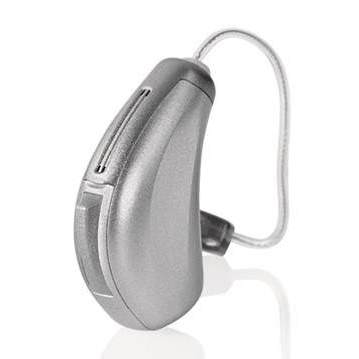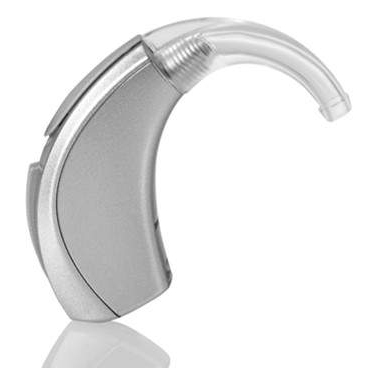Hearing Aids
Technology
Hearing aid technology has evolved dramatically, providing more effective and personalized solutions than ever before.
During your hearing aid consultation, a Doctor of Audiology will help you determine the most beneficial digital hearing aid technology levels for your hearing loss, lifestyle, and budgetary goals.
- A discussion on how lifestyle & budget dictate technology needs can be found here.
- Some of the primary features associated with digital technology are listed below.
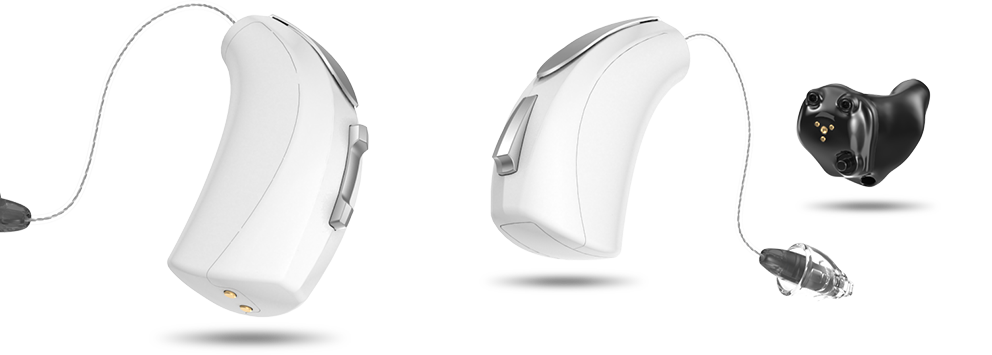
Hearing Aid Styles
During your hearing aid consultation, a Doctor of Audiology will help you determine the most beneficial digital hearing aid technology levels for your hearing loss, lifestyle, and budgetary goals.
- A discussion on how lifestyle & budget dictate technology needs can be found here.
- Some of the primary features associated with digital technology are listed below.
Invisible-In-The-Canal (IIC)
These are the smallest, most discreet hearing aids. This custom-fit style is inserted deep into the ear canal, so it's entirely invisible when worn. You can remove them daily to promote good ear health with a small plastic string. Their profound ear placement means that IICs can not be used by all, and are only used for mild to moderate hearing loss.
Completely-In-Canal (CIC)
Similar to the IICs, these fit directly into your ear canal. Only a small part of the hearing aid is visible to others, and the style is still more concealed than larger types. CIC types are great for those who don't want to be mindful of their hearing aids. These have more than just aesthetic advantages for those who have an active lifestyle. These personalized hearing aids can easily be placed under helmets or headbands. CIC earpieces use the natural curve of the external ear to provide clear direction and amplification with virtually no wind interference.
In-The-Canal (ITC)
In-The-Ear (ITE)
This is the largest custom-fit style. Each ITE is made based on your ear mold and fits all components in a plastic box that then fits smoothly into the outside part of the ear. It is also large enough to accommodate manual controls and used for mild to a severe loss of hearing.
Receiver-In-Canal (RIC)
RIC devices have the electronics in a case that fits behind the ear. In this way, they look similar to BTE devices. The difference is that sound is electronically transmitted from the case to a small speaker in the ear canal.
Like BTE devices, RITE devices are typically designed to communicate wirelessly to enhance speech comprehension. RITE devices are prescribed in a range of colors and are suitable for mild to severe hearing losses.
Behind-The-Ear (BTE)
Hearing aids behind the Ear (BTE) are hearing aids that sit outside the ear, hanging behind your external ear. These hearing aids have advanced features and are the most powerful type on the market. They provide the most extensive range of features.
These aids can also house a long-lasting battery, so you don't have to worry about power loss. BTE devices are ideal for severe or profound hearing loss, and their ease of use means they are suitable for any age, from children up to older adults.
Adjusting to Your Hearing Aids
A learning process is necessary to make the most of your hearing aids.
Your brain needs to establish some new neural patterns as part of this process. You have to be patient, in the same way that you learn a new language.
Despite these caveats, we're sure that hearing aids are worth the time and effort needed to get the most out of them. If you're looking for a hearing aid, talk to us! We can fit hearing aids from all of the major brands (Starkey, Resound, Oticon, Signia, Unitron), and we work primarily with Phonak and Widex.
Assistive Listening Devices
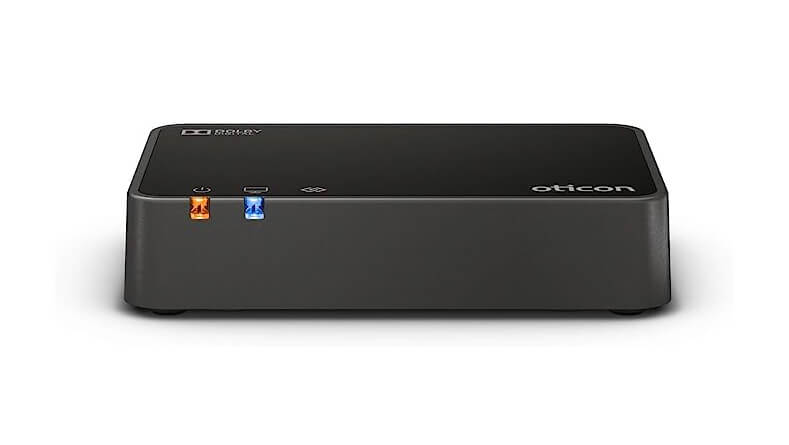
Hearing the TV with Direct Streaming
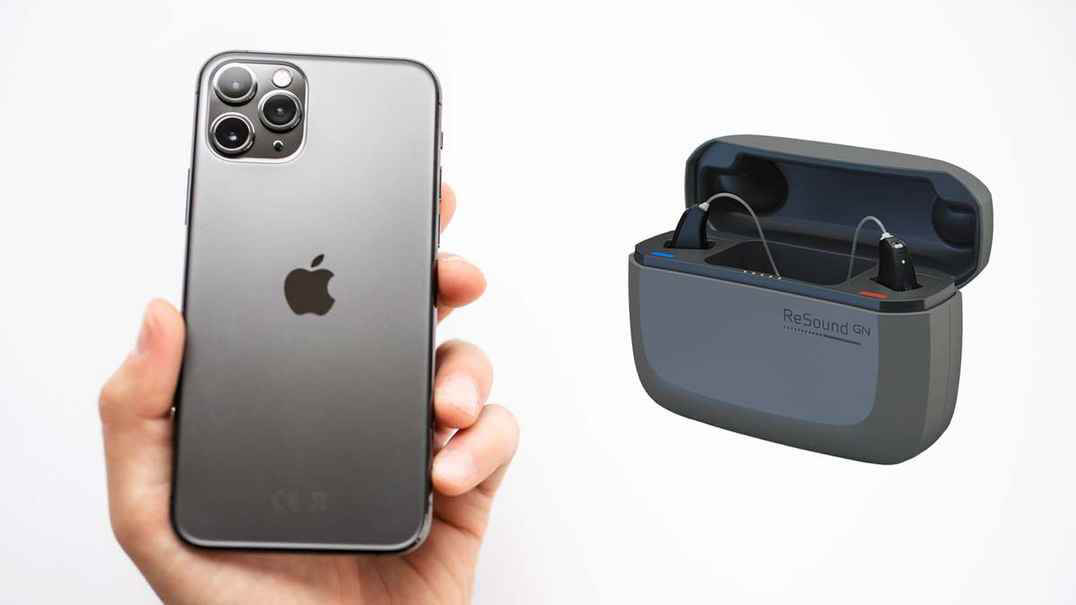
Hearing on the Phone with Direct Streaming

Hearing in Noise with Remote Microphones and FM Systems
Managing How You Hear On the Go with Remote Controls
At Pacific Northwest Audiology, we are committed to helping you achieve the best possible hearing outcomes.

How can you be sure which hearing aid is right for you?
Get started on your better hearing journey




